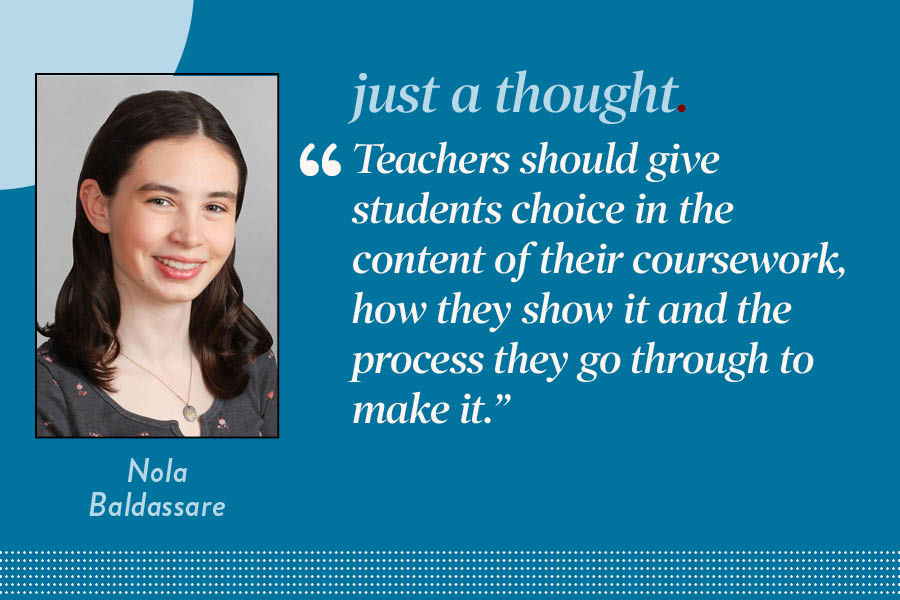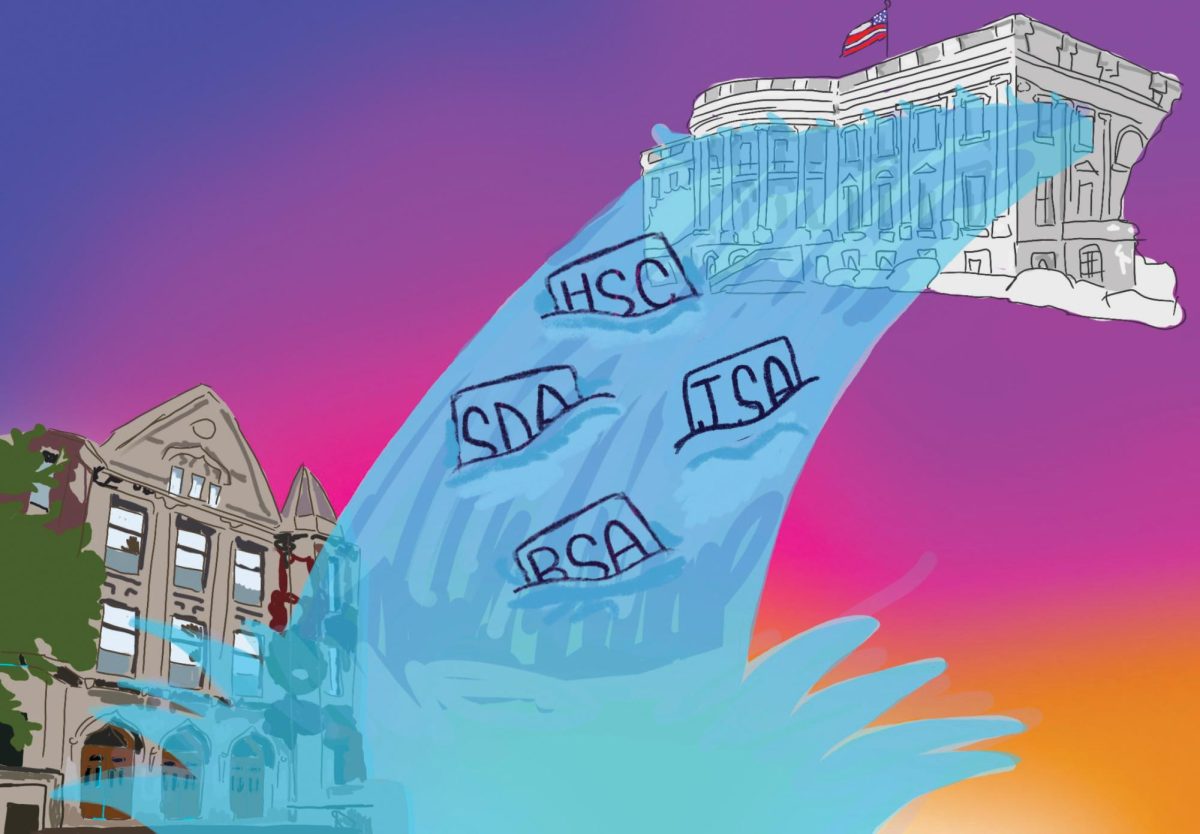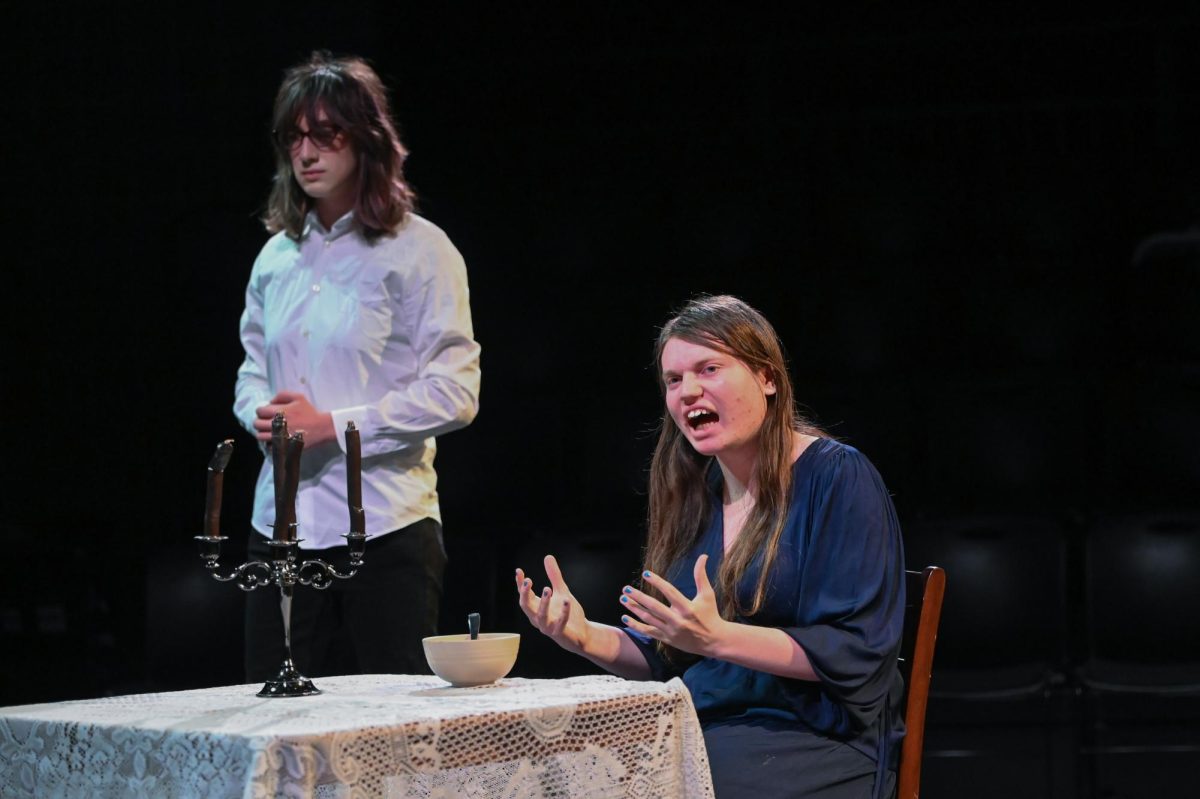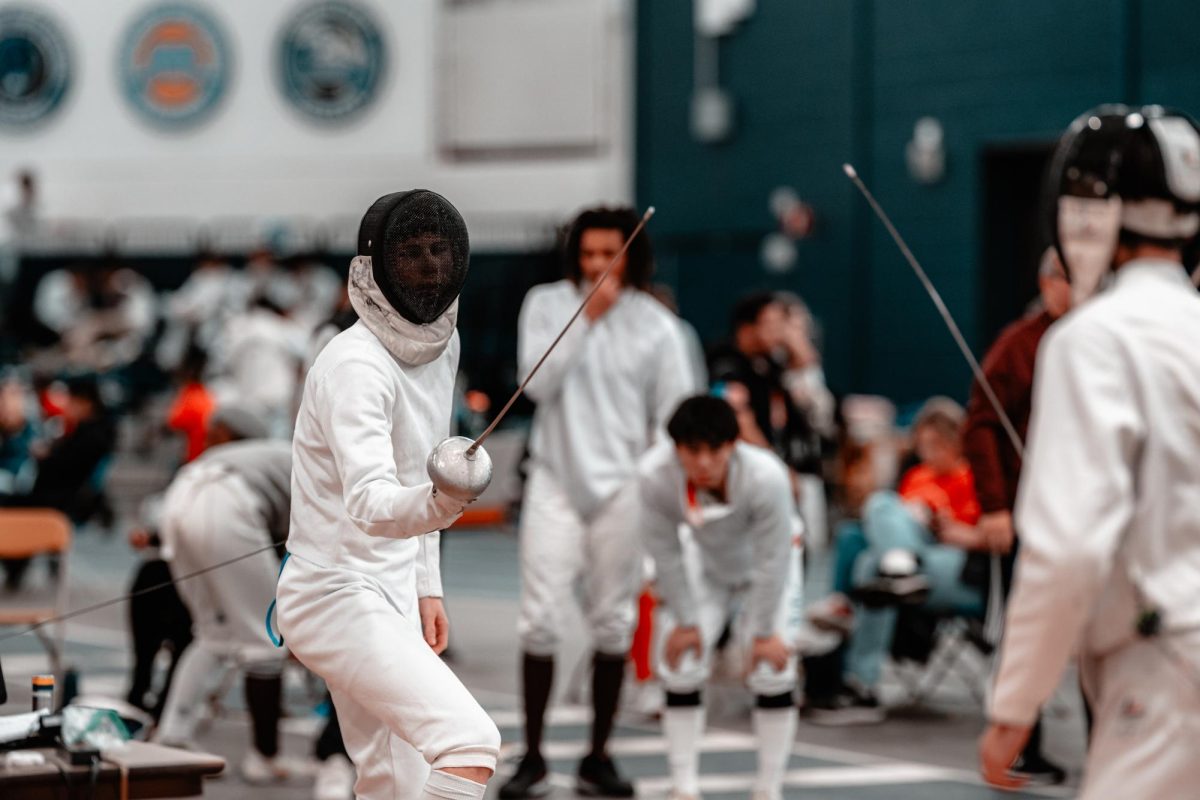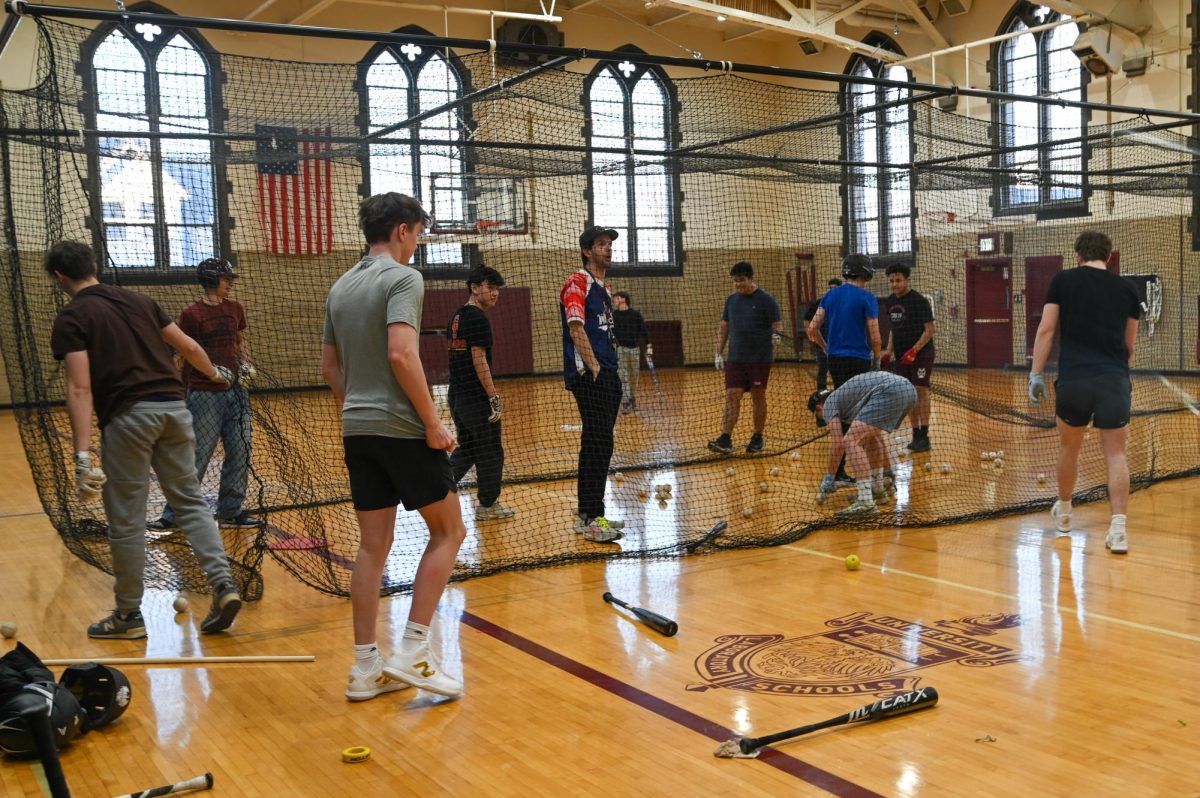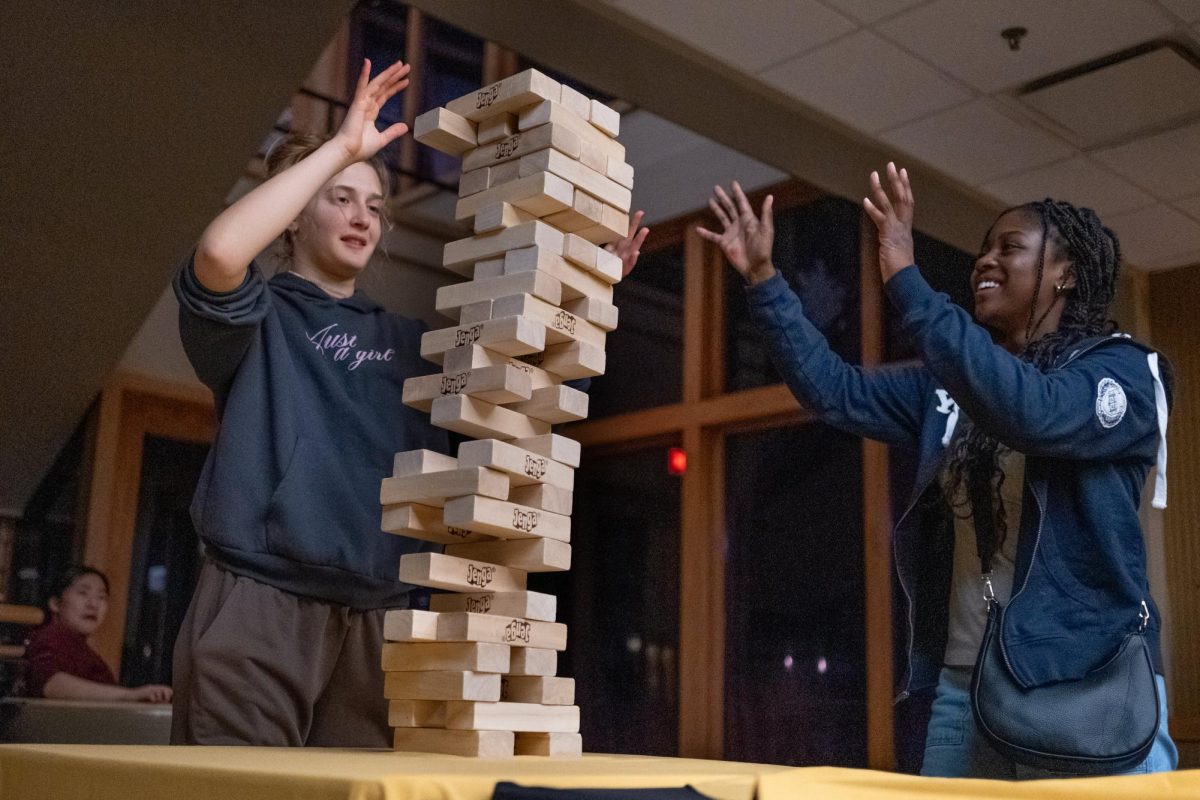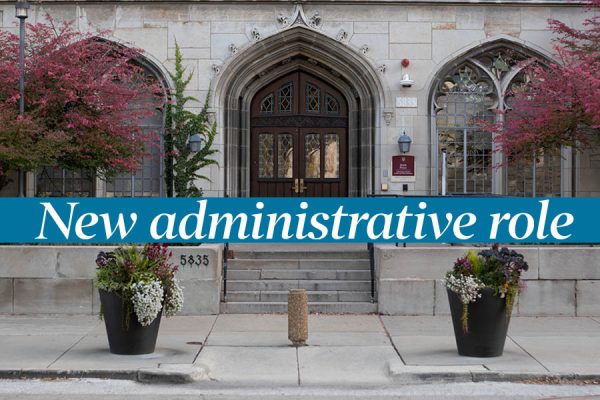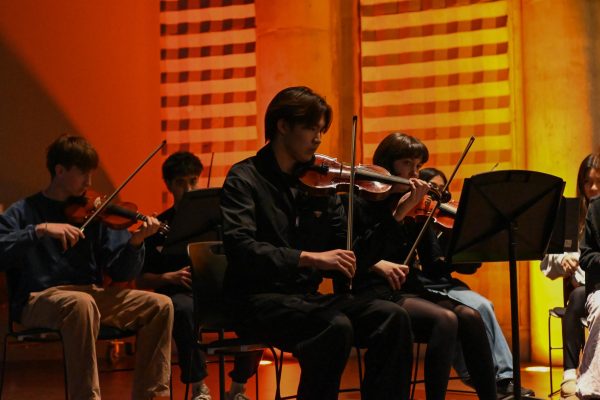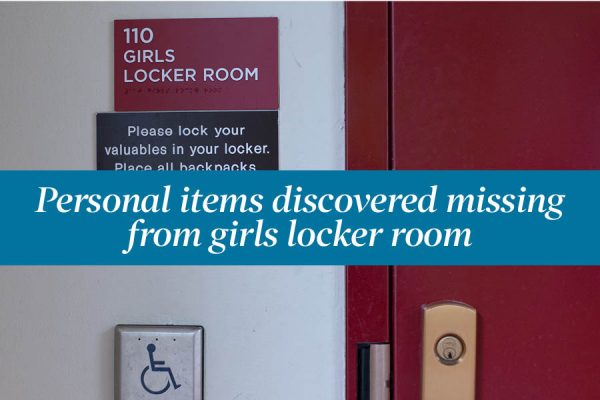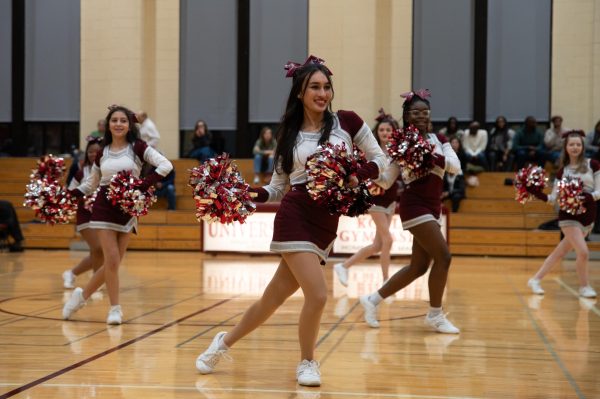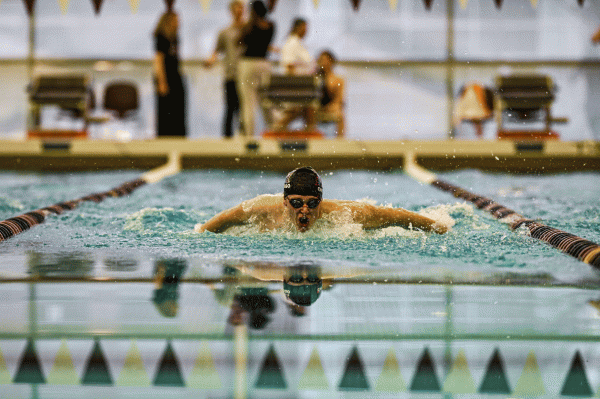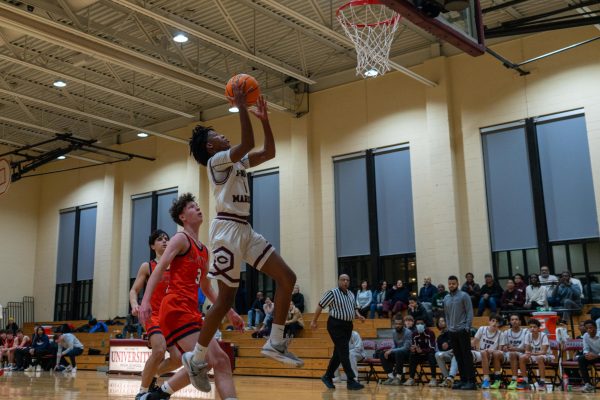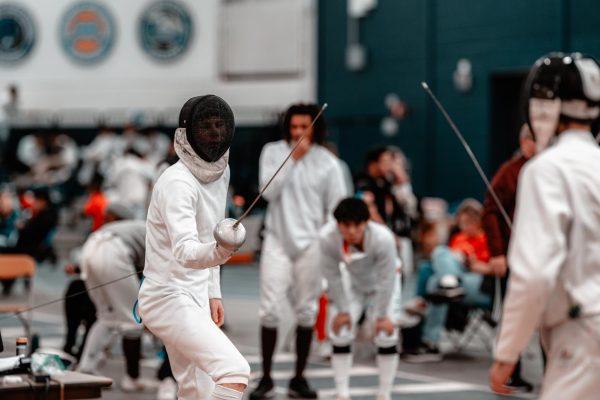Relocated, revamped and reignited: Chicago Fire FC rises from the ashes
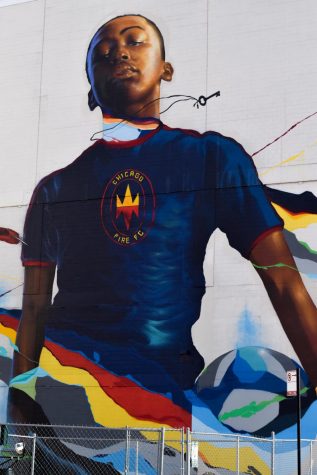
STAND FOR CHICAGO. An 80-foot tall mural looms over the British International School soccer field in the South Loop on the back of the Roosevelt Collection. The artist, Max Sansing, sought to “represent Chicago youth” with his artwork. According to the Fire, the mural will stay up for at least three years.
Around the world, it is unlikely you will find anybody who hasn’t heard of soccer. On Sunday afternoons around the world, fans gather, packing stadiums, pubs and homes to watch their local soccer teams play.
In 2019, on one of these early evenings, Bridgeview, Illinois had perfect game weather: clear weather, bright skies and fresh air. With a pretty display of passing, the home team finally executed a perfect outside-of-the-foot shot to the bottom corner of the net.
When the ball hit the back of the net, spectators would expect an eruption of noise. What they got was a mere gasp. With empty seats flourishing in the stands, this was a match day with the Chicago Fire Soccer Club.
With consistent poor attendance, home didn’t feel like home. It was clear that the Chicago Fire needed a serious change. At last on March 21, 2020, the Chicago Fire are playing in downtown Chicago for the first time in nearly two decades, rebranded as Chicago Fire FC.
More than 15 years ago, when the Fire struck a deal with the Village of Bridgeview for a $100 million soccer-specific stadium, the idea was to create a permanent home for a club which jumped around from place to place for the majority of its existence but was gaining reasonable success for their relatively young lifetime. Bridgeview hoped to become a new popular leisure destination.
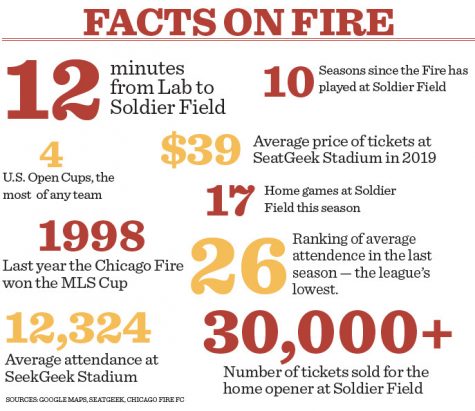
At the time, playing in a venue dedicated to soccer was uncommon. Only the Columbus Crew and LA Galaxy held matches in them, a relatively new standard in American soccer. What was unforeseen was the rapid growth that has made Major League Soccer as large as it is now.
Back in 2006, when SeatGeek Stadium broke ground in Bridgeview, the average attendance in the MLS was about 15,000 among 11 professional clubs, with the highest average attendance of any team peaking at just above 20,000. By 2019, an attendance of 20,000 was below average among the 26 professional clubs. The Chicago Fire definitively held the lowest average attendance of any team and also its lowest average attendance in club history at an unimpressive 12,324.
The club has undergone a drastic re-establishment, including a change in ownership, relocation and rebranding. The team’s Bridgeview lease originally ran through 2036, but the club agreed to pay the Village of Bridgeview $65.5 million to cut it 16 years short, and instead will put money towards a “multisport recreation and entertainment center” in Bridgeview, according to the Chicago Tribune.
The Chicago Fire have established a new club identity along with this move, branding themselves with a downtown mural, club imagery that stands for the “founding legend of Chicago” and a motto that reads, “Stand for Chicago.”
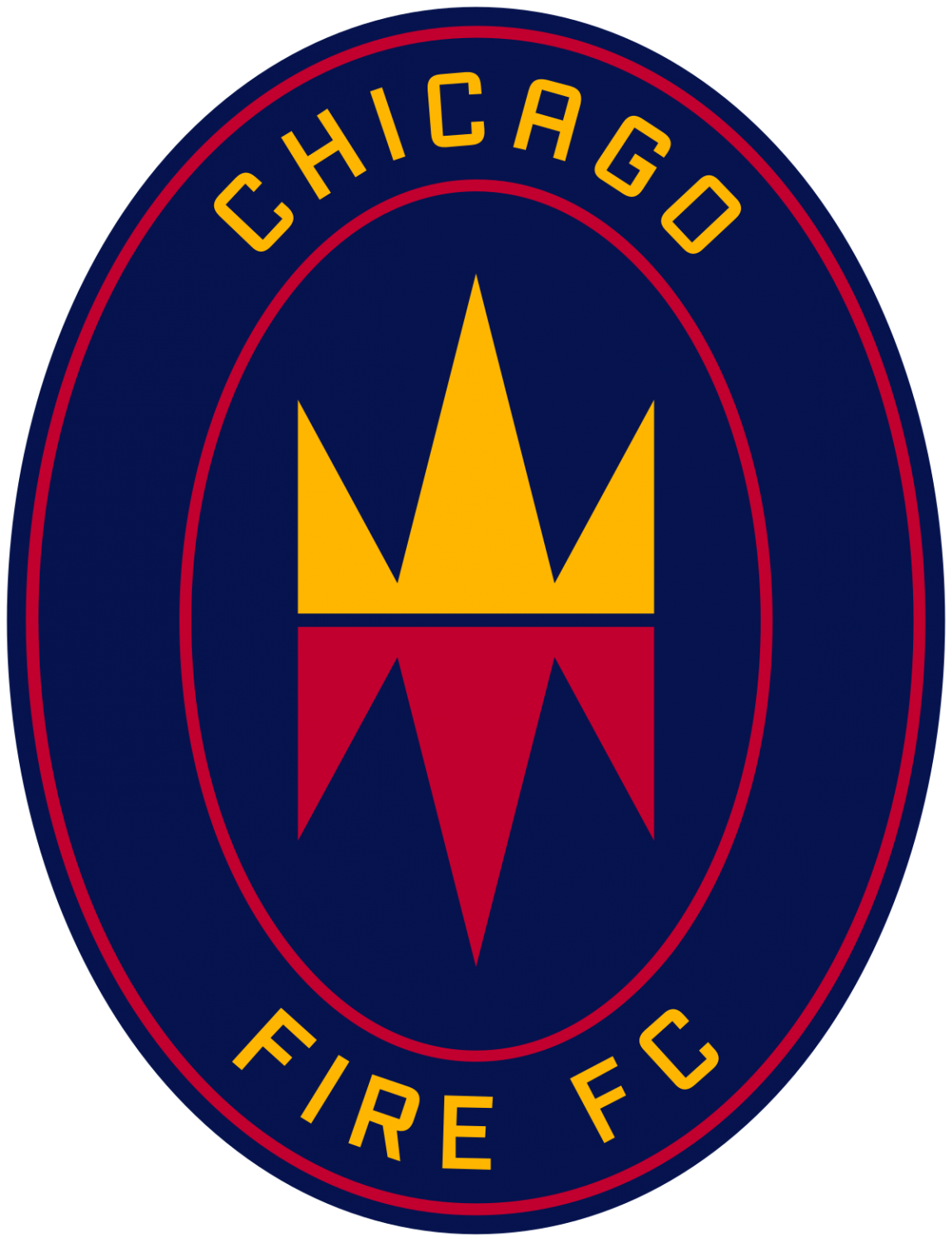
The club has renamed themselves “Chicago Fire FC” from “Chicago Fire Soccer Club”, changed their main crest and redesigned their uniforms, notably adding yellow as a new primary color.
Owner Joe Mansueto hired a new head coach and general manager, and traded away a majority of signature players for capacity to reload their roster.
The most impactful change of this relocation is the team’s return to its roots in downtown Chicago. Soldier Field, a venue that stands out for looking like an alien spaceship landed on top of a Roman colosseum, plays host to Chicago’s finest concerts, events and the heavily-followed Chicago Bears American football team.
The move to the urban area and rebranding is intended to revamp attendance numbers to establish themselves as part of the new era of Major League Soccer — an era in which higher quality talent, more clubs and more fans has defined as one of the fastest-growing sports leagues in the country.
Quick Q: What are your opinions on the changes to the Chicago Fire soccer team?
 Colin Claffey: “Toyota Park was the original Chicago Fire stadium, so I must admit, I do feel a bit of nostalgia for the move. But at the same time this is probably the better thing to do, considering the fact that Soldier Field is close to the center of the city.”
Colin Claffey: “Toyota Park was the original Chicago Fire stadium, so I must admit, I do feel a bit of nostalgia for the move. But at the same time this is probably the better thing to do, considering the fact that Soldier Field is close to the center of the city.”
 Olivia Poston: “My family has season tickets — we are excited becuase we won’t have to drive all the way to Bridgeview, and it will be fun to be in Solider Field.”
Olivia Poston: “My family has season tickets — we are excited becuase we won’t have to drive all the way to Bridgeview, and it will be fun to be in Solider Field.”
 Aiden Grant: “I liked the old logo, but I also like the new location. Being at Soldier Field there are going to be far more people attending games and therefore a better fan environment. I get tickets because I play for the Chicago Fire Juniors. I get discounts and stuff, and we go as a team sometimes. It’s fun.”
Aiden Grant: “I liked the old logo, but I also like the new location. Being at Soldier Field there are going to be far more people attending games and therefore a better fan environment. I get tickets because I play for the Chicago Fire Juniors. I get discounts and stuff, and we go as a team sometimes. It’s fun.”


















